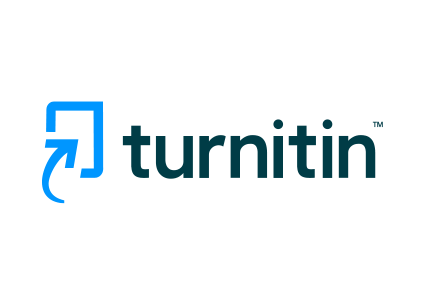THE EFFECT OF INTERACTIVE POWERPOINT (PPT) WITH THE ICEBERG APPROACH ON UNDERSTANDING MATHEMATICAL CONCEPTS IN THE TOPIC OF SURFACE AREA OF A CYLINDER
Keywords:
Interactive PowerPoint (PPT); Iceberg Approach; Mathematical Concept Understanding; Cylinder Surface AreaAbstract
This study aims to analyze the effect of using interactive PowerPoint (PPT) with the Iceberg approach on students' understanding of mathematical concepts, specifically in the area of cylinder surface area. Students' difficulties in comprehending abstract geometrical concepts necessitate a more effective learning approach. The research employed a quasi-experimental design with pre-test and post-test on two groups: an experimental group using interactive PPT with the Iceberg approach, and a control group using conventional teaching methods. The sample consisted of 60 eighth-grade junior high school students. Results showed a significant improvement in concept understanding for the experimental group compared to the control group, with normalized gain values of 0.78 and 0.37, respectively. T-test analysis revealed a significant difference between the two groups (t = 5.05, p < 0.05). A student perception questionnaire indicated that 83% of students found learning more engaging with interactive PPT. In conclusion, the use of interactive PowerPoint with the Iceberg approach effectively enhances students' understanding of mathematical concepts related to cylinder surface area and increases their learning motivation.
References
Aloraini, S. (2012). The impact of using multimedia on students' academic achievement in the College of Education at King Saud University. Journal of King Saud University - Languages and Translation, 24(2), 75-82.
Aloraini, S. (2012). The impact of using multimedia on students' academic achievement in the College of Education at King Saud University. Journal of King Saud University - Languages and Translation, 24(2), 75-82.
Dwi, W., Prasetyo, R., & Suparman, S. (2020). The influence of technology-based learning media on students' motivation to learn mathematics. Journal of Mathematics Education, 8(3), 120-132.
Dwi, W., Prasetyo, R., & Suparman, S. (2020). The influence of technology-based learning media on students' motivation to learn mathematics. Journal of Mathematics Education, 8(3), 120-132.
Gravemeijer, K., & Doorman, M. (1999). Context problems in realistic mathematics education: A calculus course as an example. Educational Studies in Mathematics, 39(1), 111-129.
Gravemeijer, K., & Doorman, M. (1999). Context problems in realistic mathematics education: A calculus course as an example. Educational Studies in Mathematics, 39(1), 111-129.
Indriani, D. (2015). Analysis of students' difficulties in understanding the concept of tube surface area. Journal of Mathematics Education, 9(2), 50-58.
Indriani, D. (2015). Analysis of students' difficulties in understanding the concept of tube surface area. Journal of Mathematics Education, 9(2), 50-58.
Mayer, R. E. (2009). Multimedia learning (2nd ed.). Cambridge University Press.
Mayer, R. E. (2009). Multimedia learning (2nd ed.). Cambridge University Press.
Prabowo, A. (2018). The influence of the iceberg approach on students' understanding of geometry. Journal of Mathematics Education, 12(1), 22-35.
Van den Heuvel-Panhuizen, M. (2003). The didactical use of models in realistic mathematics education: An example from a longitudinal trajectory on percentage. Educational Studies in Mathematics, 54(1), 9-35.
Zulkardi & Ilma, R. (2006). Improving mathematical understanding through the Realistic Mathematics Education (RME) approach. Journal of Mathematics Education and Learning, 12(2), 31-45.
Zulkardi, & Ilma, R. (2006). Improving mathematical understanding through the Realistic Mathematics Education (RME) approach. Journal of Mathematics Education and Learning, 12(2), 31-45.
Downloads
Published
Versions
- 2024-10-12 (2)
- 2024-10-12 (1)
Issue
Section
License
Copyright (c) 2024 Nadya Rahadhani, Nur Hidayah Br Karo, Hamidah Nasution

This work is licensed under a Creative Commons Attribution-NonCommercial-ShareAlike 4.0 International License.










